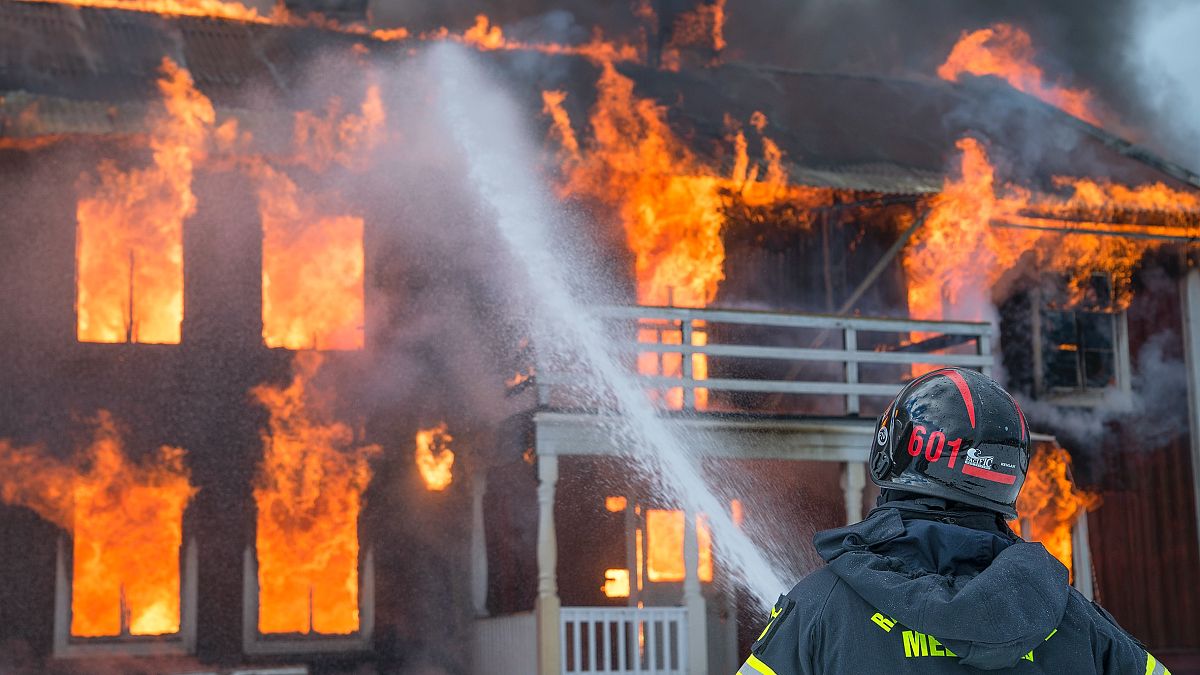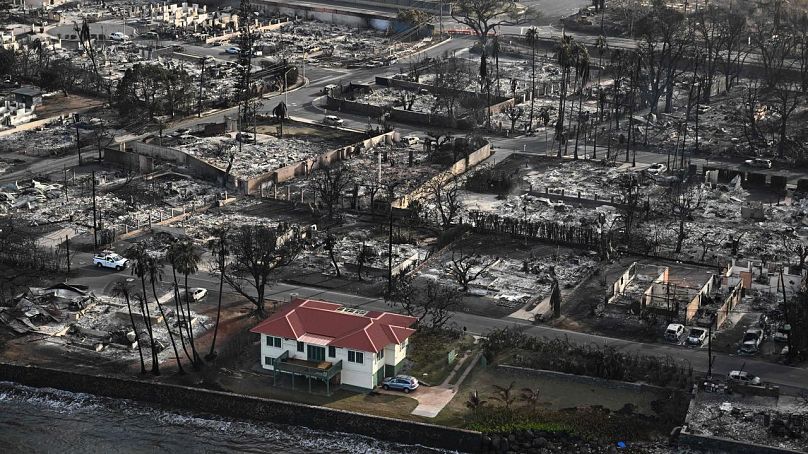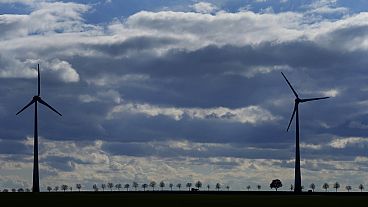Aerial shots of the Maui wildfires have gone viral after showing one unharmed property surrounded by swathes of grey, burnt-out buildings.
The wildfires that devastated the Maui town of Lahaina earlier this month destroyed over 2,700 buildings.
Hundred of houses were reduced to ash and rubble. But one house has made headlines for surviving the flames seemingly unscathed.
Photos show the red-roofed property apparently undamaged while neighbouring homes have been razed to the ground.
The owners have since explained the modifications they made to the building that helped it survive.
Here’s how their house resisted the flames and other ways to protect properties from wildfires.
House survives Maui wildfires intact
Aerial shots of the Maui wildfires have gone viral after showing one unharmed property surrounded by swathes of grey, burnt-out buildings.
The images have prompted accusations of Photoshop and conspiracy theories.
But owner Dora Atwater Millikin has revealed to the press why her house survived the blaze.
While restoring the 100-year-old property, Atwater Millikin and her husband chose to replace the asphalt roof with a heavy-gauge steel one.
They also cut down foliage surrounding the property as a preventative measure to stop termites from reaching the house’s wooden frame.
These actions were not intentionally taken to protect the building from fires, according to Atwater Millikin.
But they prevented the property from igniting while flaming pieces of wood were carried by the wind through the air and landed on the roof and in the garden.
Other neighbouring houses with asphalt roofs and dense foliage immediately caught fire.
How to protect your house from wildfires
If you are a homeowner, there are some changes you can make to your home to protect it if you live in an area where wildfires are common.
As in the case of Atwater Millikin’s house, installing or replacing your roof with class A-rated noncombustible coverings, such as concrete and clay, can help according to the Federal Emergency Management Agency (FEMA).
Windows should also be double-glazed with tempered glass on the exterior.
You should also cover attic vents and openings to prevent embers blown by the wind from entering the house.
FEMA also recommends regularly cleaning gutters and roofs to remove any debris that might catch fire.
Homeowners should also reduce or remove flammable vegetation and clear all combustible materials from exterior spaces.
Materials to use instead include gravel, brick and concrete.
The European Commission is encouraging wildfire prevention at a grassroots level by educating homeowners on how they can protect their properties.
Advice includes clearing vegetation around houses and lighting strategic fires to clear debris.
How to protect your rental property from wildfires
If you rent your house or apartment, there are still plenty of precautions you can take.
You can ensure that the area around the house is fire safe. This means moving combustible material like piles of firewood or patio furniture at least 10 metres away from the building.
Keeping lawns mowed - Fire Smart Canada recommends grass should be less than 10 centimetres high - and clearing up fallen branches and leaves can also help.




